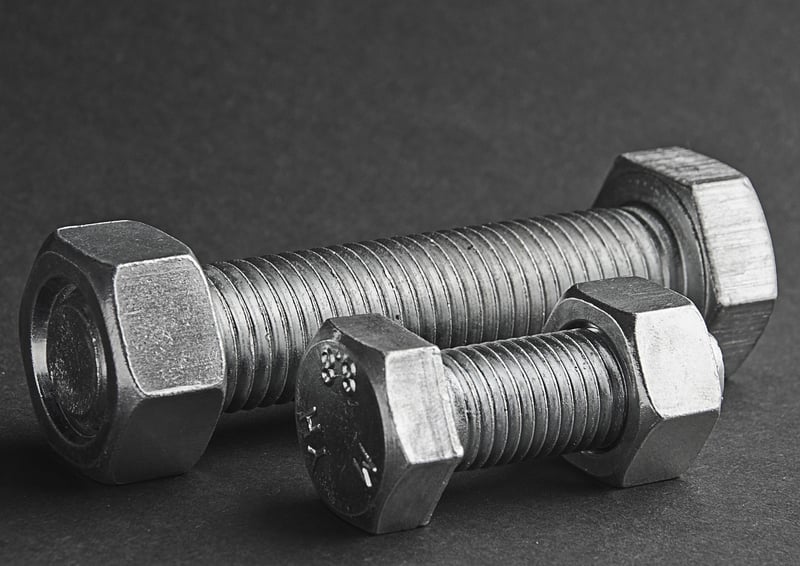Fertilizing Techniques
Keeping Your Garden Healthy: Fertilizing Techniques
Having a healthy garden requires more than just watering your plants regularly. Fertilizing is a crucial step in ensuring your plants receive the necessary nutrients to thrive. Here are some techniques to help you fertilize your garden effectively:
1. Choose the Right Fertilizer
There are various types of fertilizers available, such as organic and synthetic options. Consider the specific needs of your plants and soil before selecting a fertilizer. Organic fertilizers are derived from natural sources and are great for improving soil structure, while synthetic fertilizers provide a quick nutrient boost.
2. Follow the Instructions
It's essential to read and follow the instructions on the fertilizer package. Over-fertilizing can harm your plants, so it's crucial to measure the correct amount and apply it as directed. Different plants have different nutrient requirements, so be sure to tailor your fertilizing schedule accordingly.
3. Timing is Key
Timing your fertilization is important for optimal plant growth. Apply fertilizers during the growing season when plants are actively taking up nutrients. Avoid fertilizing during dormant periods, as it can be ineffective and may even damage your plants.
4. Use Mulch
Adding a layer of mulch to your garden can help retain moisture and regulate soil temperature. Organic mulches, such as compost or shredded leaves, can also break down over time, providing additional nutrients to the soil and reducing the need for frequent fertilization.
5. Consider Slow-Release Fertilizers
Slow-release fertilizers gradually release nutrients into the soil over an extended period, providing a steady supply to your plants. This can help prevent nutrient leaching and minimize the risk of over-fertilizing. Consider using slow-release fertilizers for long-term plant health.
6. Monitor Plant Health
Regularly monitor your plants for any signs of nutrient deficiencies or excesses. Yellowing leaves, stunted growth, or unusual discoloration may indicate a nutrient imbalance. Adjust your fertilizing routine based on your plants' needs to keep them healthy and thriving.

By following these fertilizing techniques and paying attention to your plants' needs, you can maintain a healthy and vibrant garden throughout the year. Remember, proper fertilization is key to supporting plant growth and ensuring beautiful blooms and bountiful harvests.
Happy gardening!
